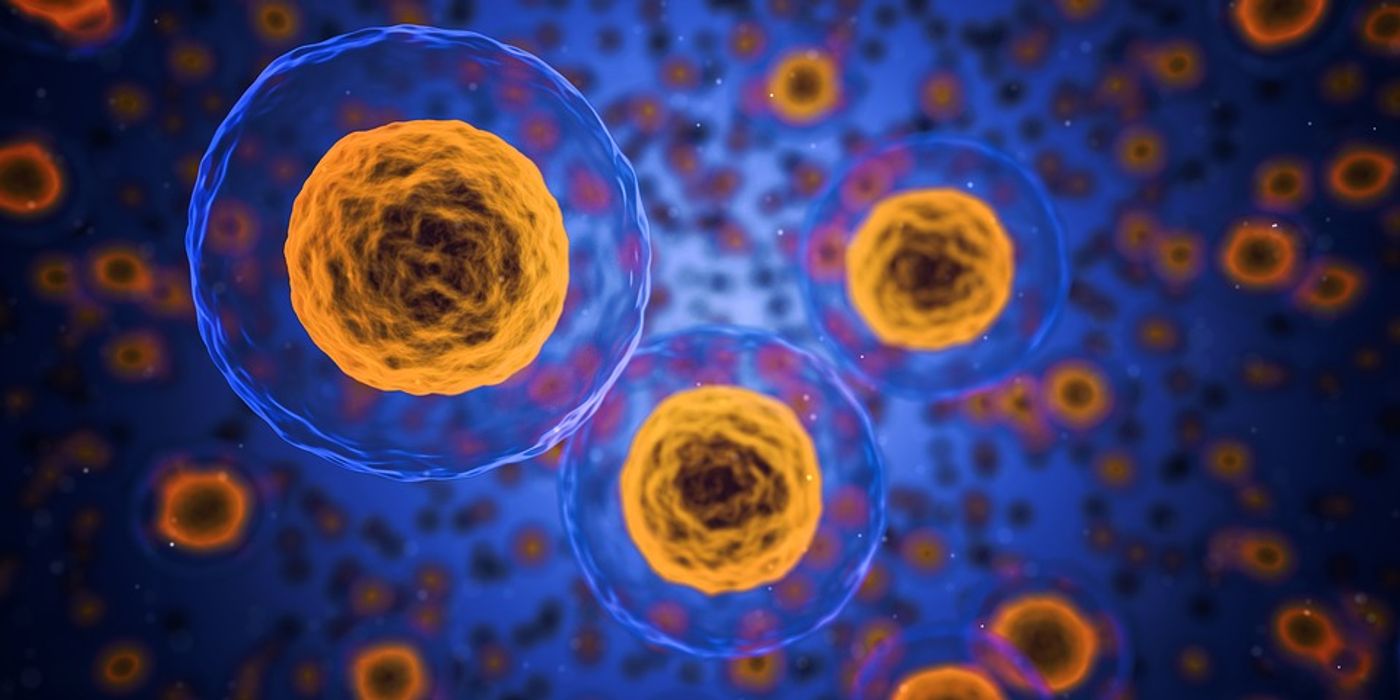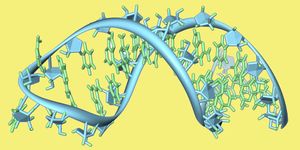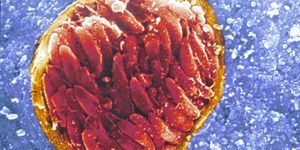Cancer Twists a Neuronal Mechanism for its Selfish Survival
Scientists at the University of Texas Southwestern Medical Center recently report cancer’s corruption of a protein that was once thought to be exclusive to neurons. Cancer cells seem to have altered a neuronal signaling mechanism to foster its own growth and even evade cell death. The discovery underscores cancer’s cunning but twisted adaptation for survival.
"Cancer is a disease of cell biology. To grow, spread, and survive, cancer cells modify normal cellular behavior to their advantage. They can't reinvent the underlying mechanisms, but can adapt them,” explained Dr. Sandra Schmid, professor at UT Southwestern and the senior author of the two joint publications.
"Many properties of aggressive cancer growth are driven by altered cell signaling," said Dr. Schmid. "We found that cancer cells are taking a page from the neuron's signaling playbook to maintain certain beneficial signals and to squelch signals that would harm the cancer cells."
In this case, the twisted adaptation involves a protein known as dynamin1 (Dyn1). Researchers knew that Dyn1 facilitates the transmission of electrical signals between neurons. Specifically, the presence of Dyn1 causes rapid endocytosis of signaling molecules into the cell.
But, unbeknownst to researchers, cancer cells have adapted this mechanism for their own survival. “Aggressive cancer cells have usurped the mechanisms that neurons use for the rapid uptake and recycling of neural transmitters. Instead of neural transmitters, the cancer cells use Dyn1 for rapid uptake and recycling of EGF (epidermal growth factor) receptors. Mutations in EGF receptors are drivers of breast and lung cancers," said Dr. Schmid.
By hijacking Dyn1’s role and using it for EGF receptors, cancer cells thrive faster and better than the nearby healthy cells. Essentially, cancer cells corrupt Dyn1 in order to cheat their survival. “We find that some cancer cells repurpose tools that neurons use in order to get a competitive advantage over nearby normal cells," she said.
This mechanism also allows cancer cells to thwart a form of cell death associated with death receptors. "It is amazing that the aggressive cancers use a signaling pathway to increase the activity of EGF and also turn on Dyn1 pathways to suppress cancer death -- so you have this vicious circle," said Dr. Schmid.
The newly identified mechanism may explain why aggressive cancers, like breast and lung cancer, don’t respond to conventional treatments targeted at EGF signaling. Schmid’s team is currently on the hunt for an inhibitor of Dyn1.
Additional sources: University of Texas Southwestern Medical Center









